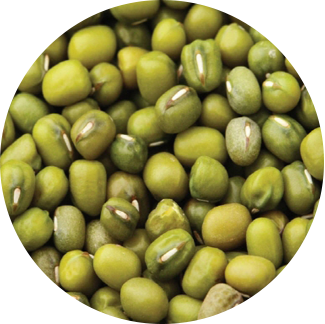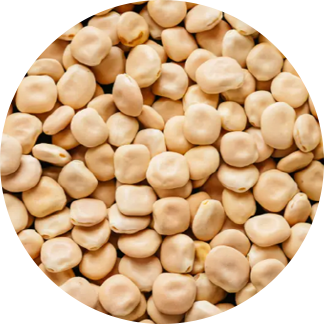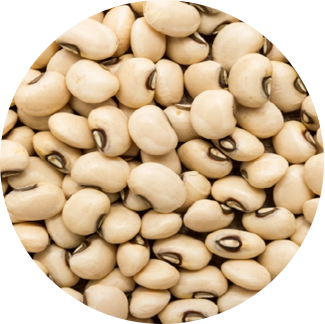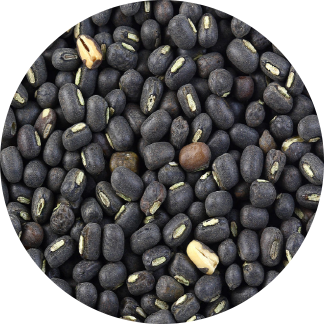Products
OIL SEEDS · LEGUMES · GRAINS

Mung Bean
Mung beans (Vigna radiata) are small, green
beans that belong to the legume family.
These beans are one of the best plant-based
source of protein. They’re rich in essential amino
acids, such as phenylalanine, leucine, isolencine,
valine, lysine, arginine and more. Essential amino
acids are those that your body is unable to
produce on its own.
Since mung beans are also consumed sprouted
beans contain fewer calories and more free amino
acids and antioxidants than unsprouted ones.
Origin : Myanmar

Lupins
It really is hard to imagine a more remarkable
product. lupins are one of the highest sourcces of
plant proteins available (40%).
That’s almost four times higher than whole grain
wheat.One of the highest sources of dietary fibre
(37%) Easily digestible with high bio-availabillty of
essential nutrientsand minerals High in essential
amino acids, cholesterol free and contain negligible
amounts of trypsin inhibitors (known to interfere with
digestion) often found in other legumes Very low
in lectins and saponins (two known gastric irritants),
the latter of which afflicts the soybean even after
extensive baking and processing
Origin : Canada

Cowpeas
Cowpea (Vigna unguiculata) is a legume consumed
as a high-quality plant protein source in many parts
of the world.
High protein and carbohydrate contents with
relatively low fat content and complementary amino
acid pattern to that of cereal grains make cowpea
an important nutritional food in the human diet
Cowpea has gained more attention recently from
consumers and researchers worldwide due to its
exerted health-beneficial properties including
anti-diabetic, anti-cancer, anti-hyperlipidemic,
anti-inflammatory and anti-hypertensive properties.
Origin : Myanmar

Black Small Beans
Like other legumes, such as peanuts, peas,
and lentils, black beans are prized for their high
protein and fiber content.
They also contain several other key vitamins and
minerals that are known to benefit human health.
Origin : Myanmar
